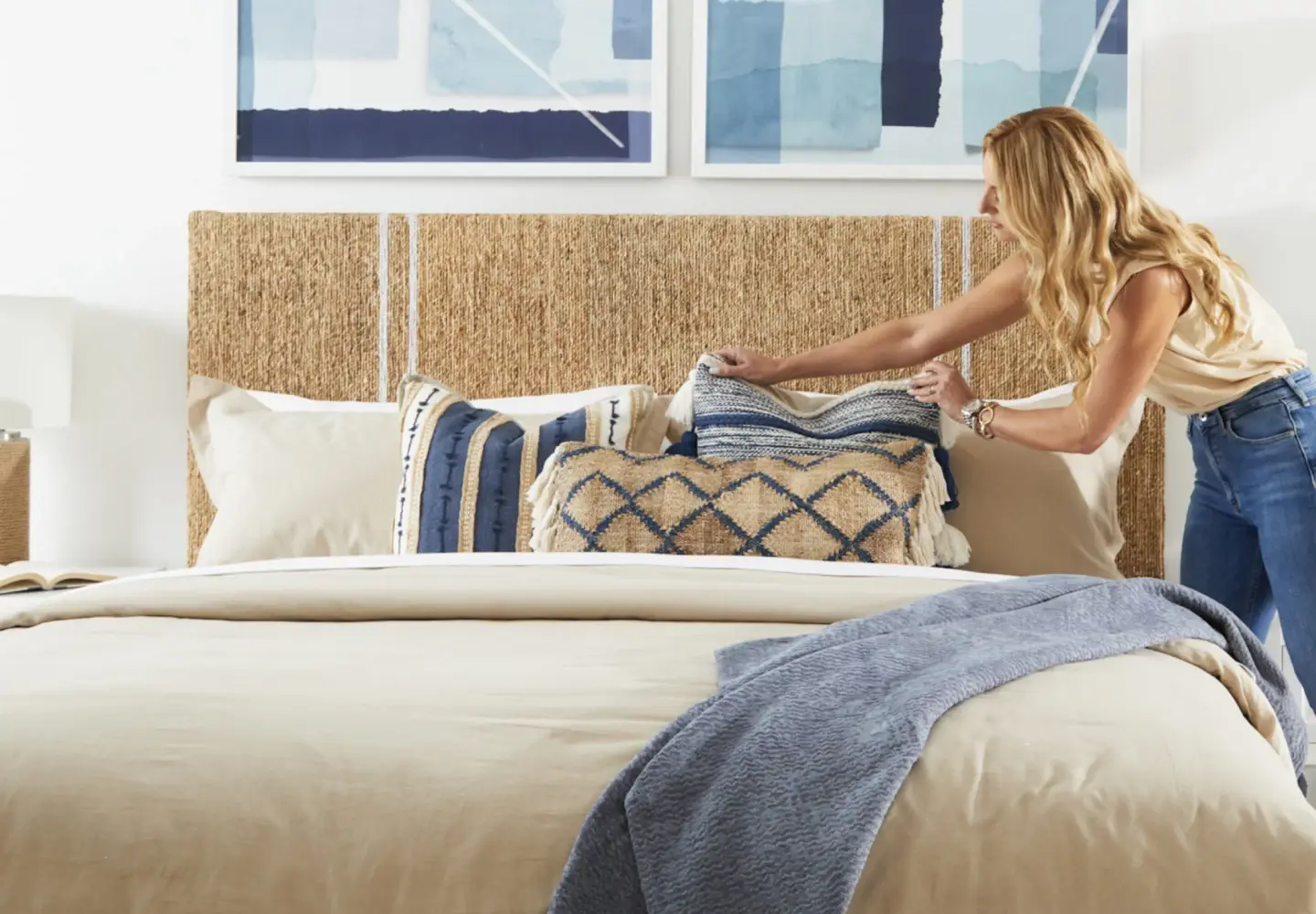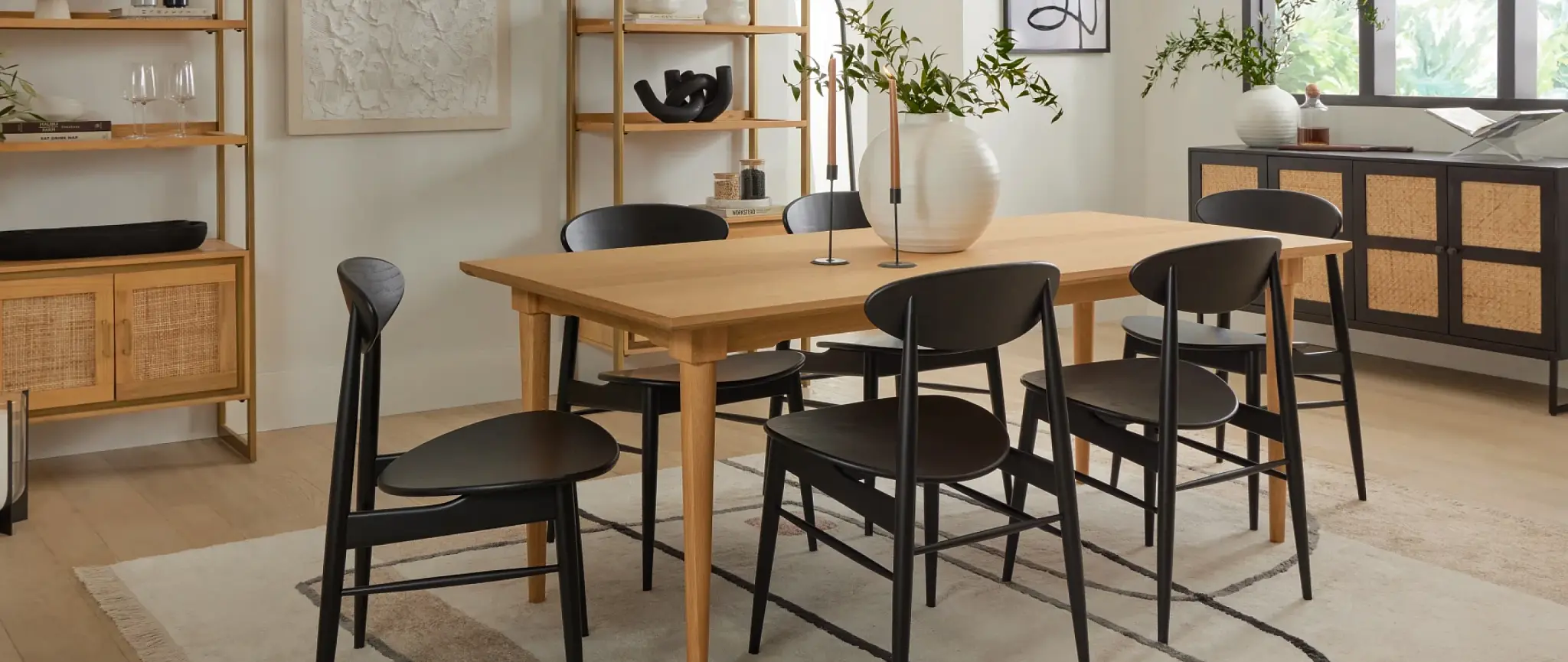
Crafting Cohesion: 7 Tips to Mixing Dining Table and Dining Room Seating
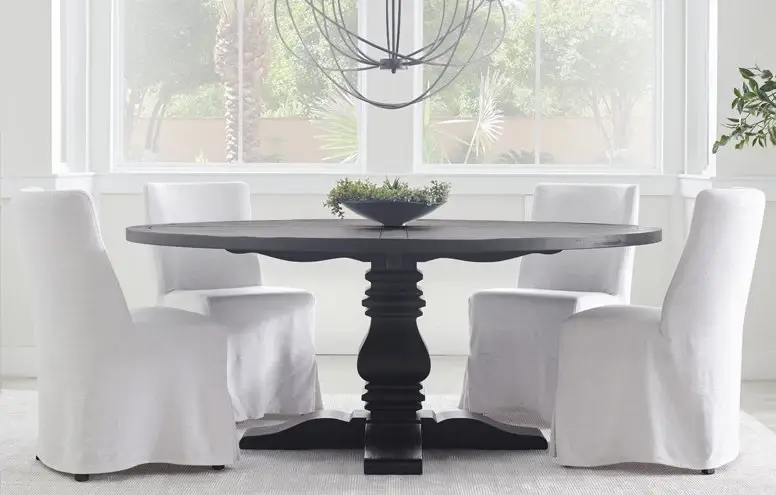
Designing Your Dining Space: Mixing Table and Seating Styles
Mixing dining table and dining room seating is an artful approach to interior design that can infuse your dining area with personality and flair. This eclectic blend not only showcases your unique style but also invites creativity and warmth into your dining space. Here's how to master the mix.
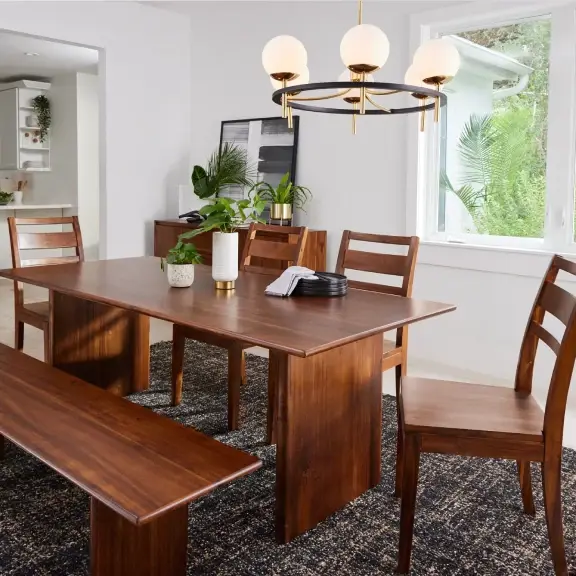
Start with the Table: Your Anchor Piece
The dining table serves as the foundation of your dining room design. It's the anchor around which all other elements revolve. Whether you prefer a rustic wooden table, a sleek modern piece, or an elegant vintage find, your choice sets the tone for the room. Consider the table's material, shape, and size as the starting point for your design journey.

Understand the Power of Contrast
Contrast is a powerful tool in design, offering a way to create visual interest and depth. When mixing dining room seating with your dining table, look for opportunities to introduce contrast while maintaining harmony. For instance, pairing a traditional wooden table with contemporary chairs can create a dynamic yet cohesive look. The key is to balance the old with the new, the ornate with the simple.
Balance Scale and Proportion in Home Furniture
When mixing styles, it's crucial to keep scale and proportion in mind. A delicate, antique table may look overwhelmed by bulky, modern chairs, while a large, robust table can handle more substantial seating. Ensure that your chairs are proportionate to your table, both in size and visual weight, to achieve a balanced look.
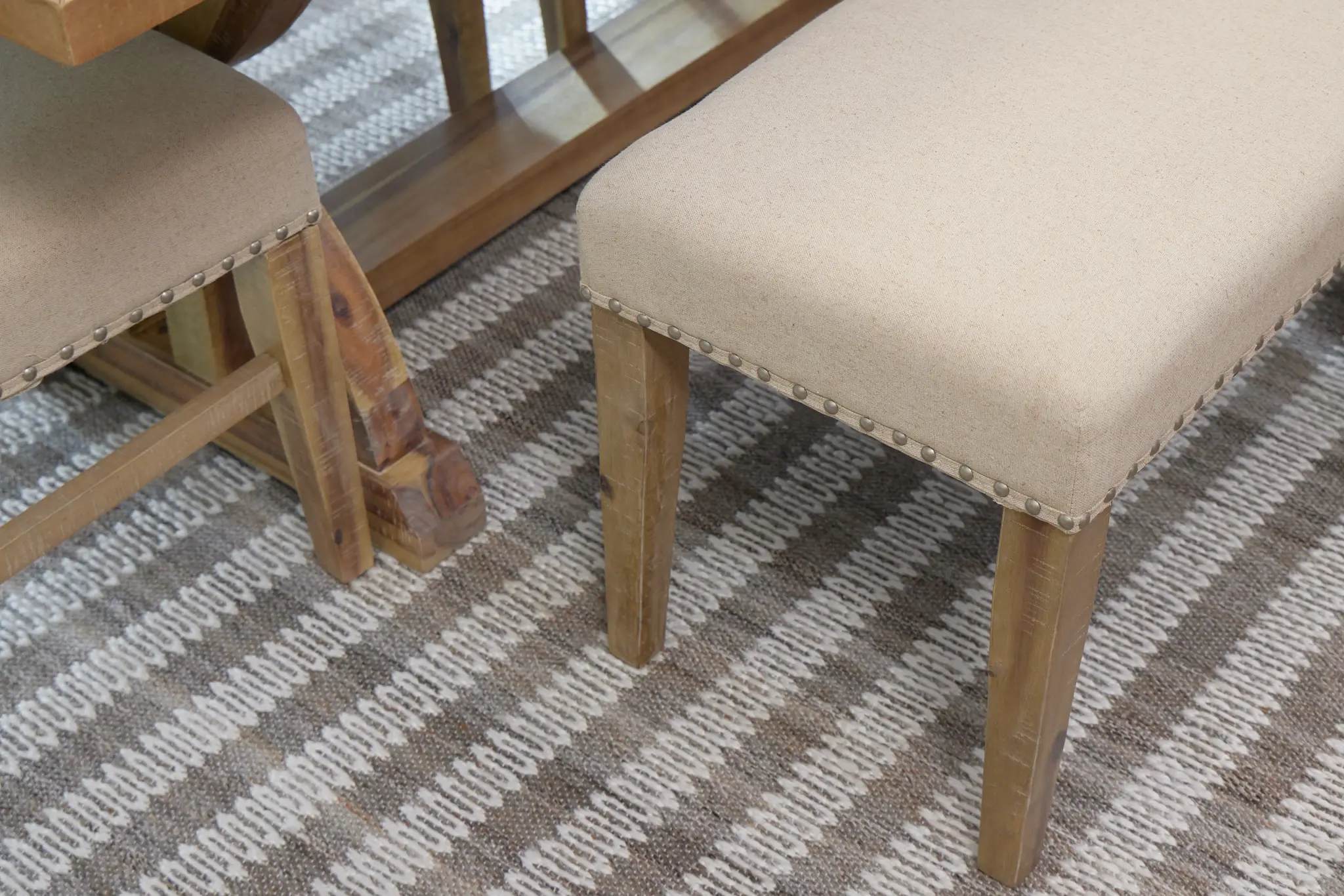
Unify Through Color and Material
One of the simplest ways to harmonize different styles is through color and material. Selecting chairs that share a common color or material with the table can tie the look together. Alternatively, if your dining table and chairs are of different styles and materials, consider using seat cushions, table linens, or a rug in coordinating colors to unify the space.
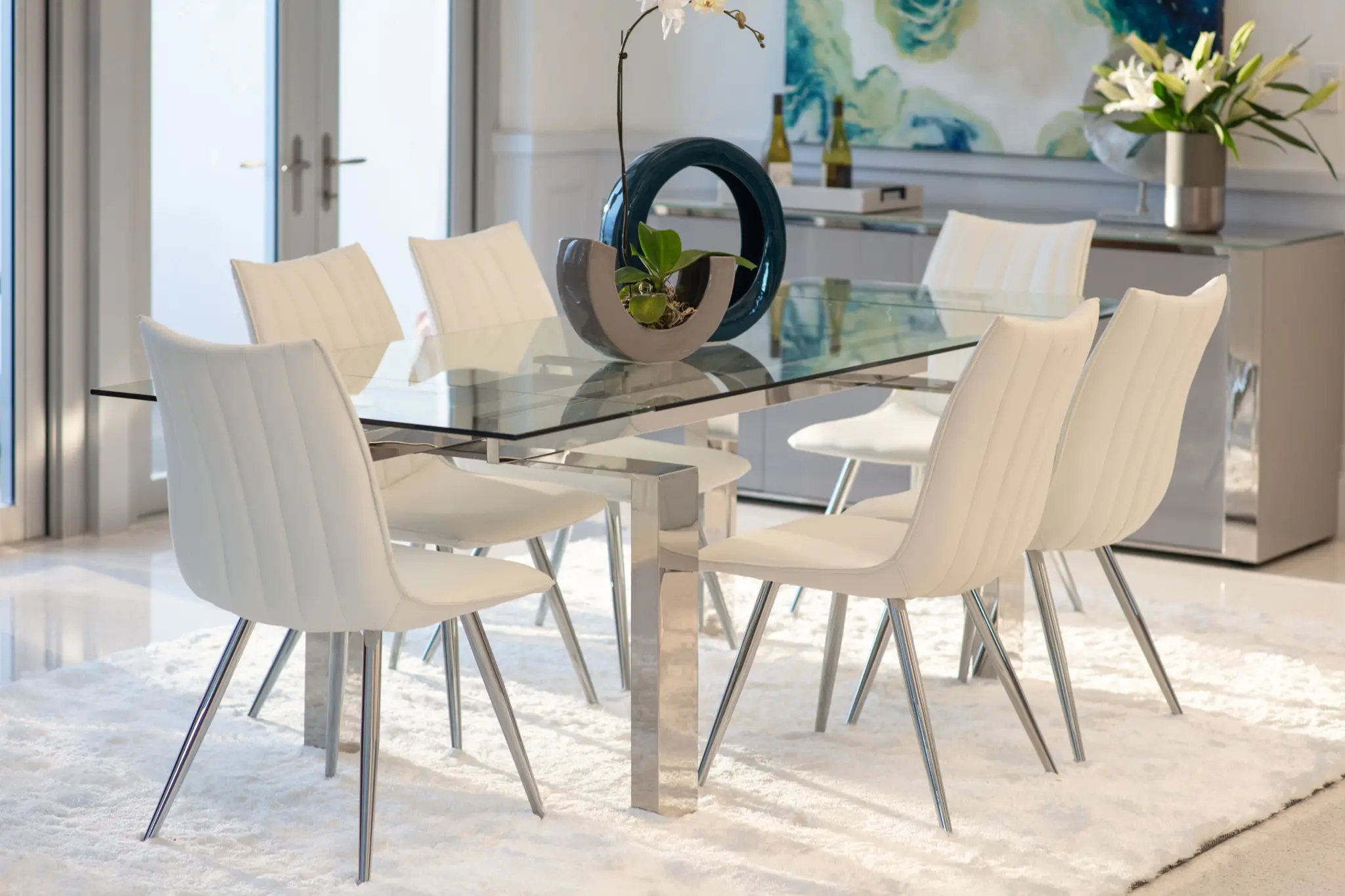
Play with Texture
Texture adds depth and interest to any space, and mixing textures can enhance the eclectic feel of your dining area. Combine smooth, sleek finishes with rough, rustic textures for a multi-dimensional look. For example, a glossy metal table paired with woven rattan chairs can offer a pleasing contrast of textures that enriches the overall design.
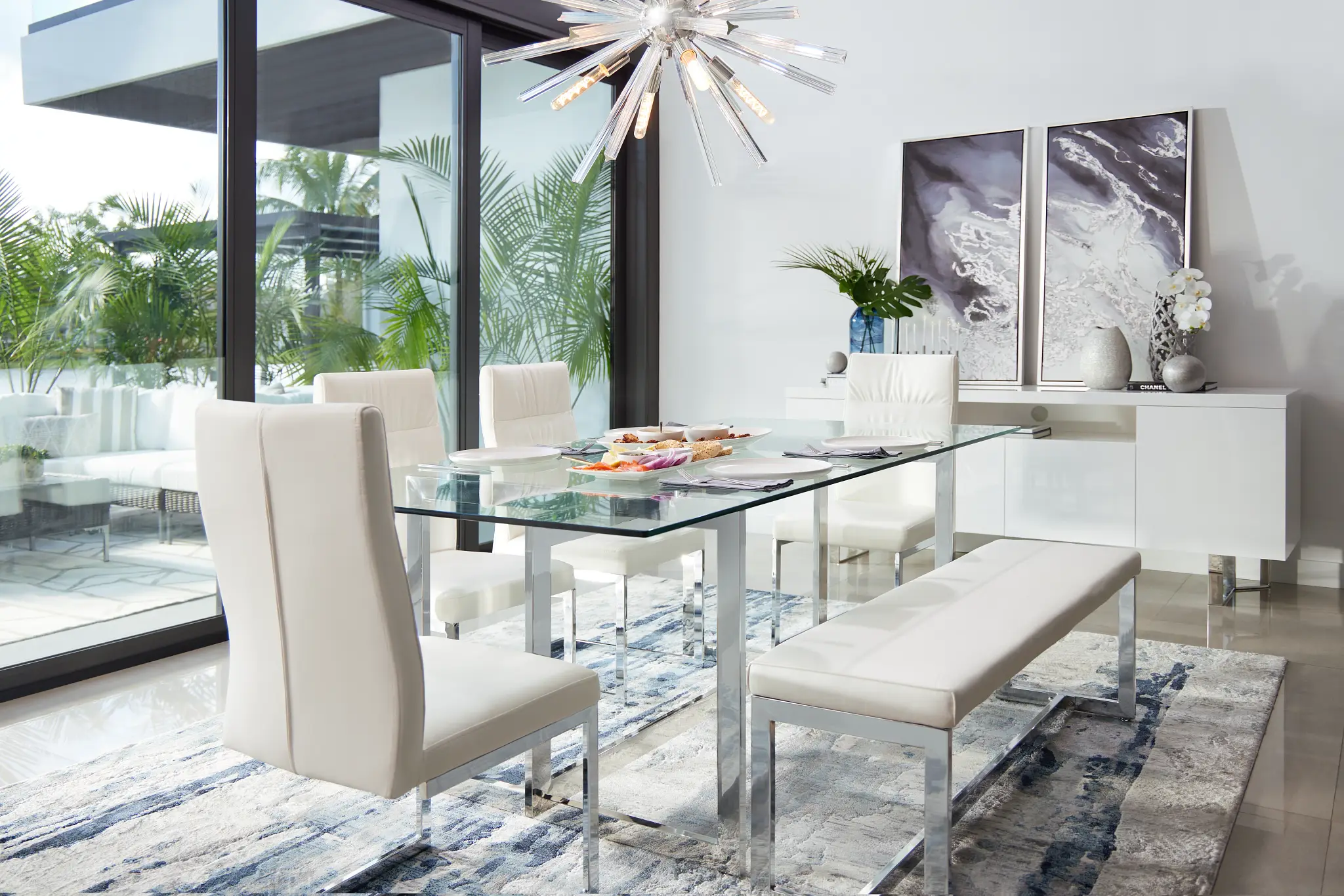
Consider Comfort and Functionality
While aesthetics are important, comfort and functionality should never be overlooked. Ensure that the chairs you select are comfortable for extended seating and appropriately scaled for the table's height. The beauty of your dining space should complement its usability, making it a welcoming place for meals and gatherings.
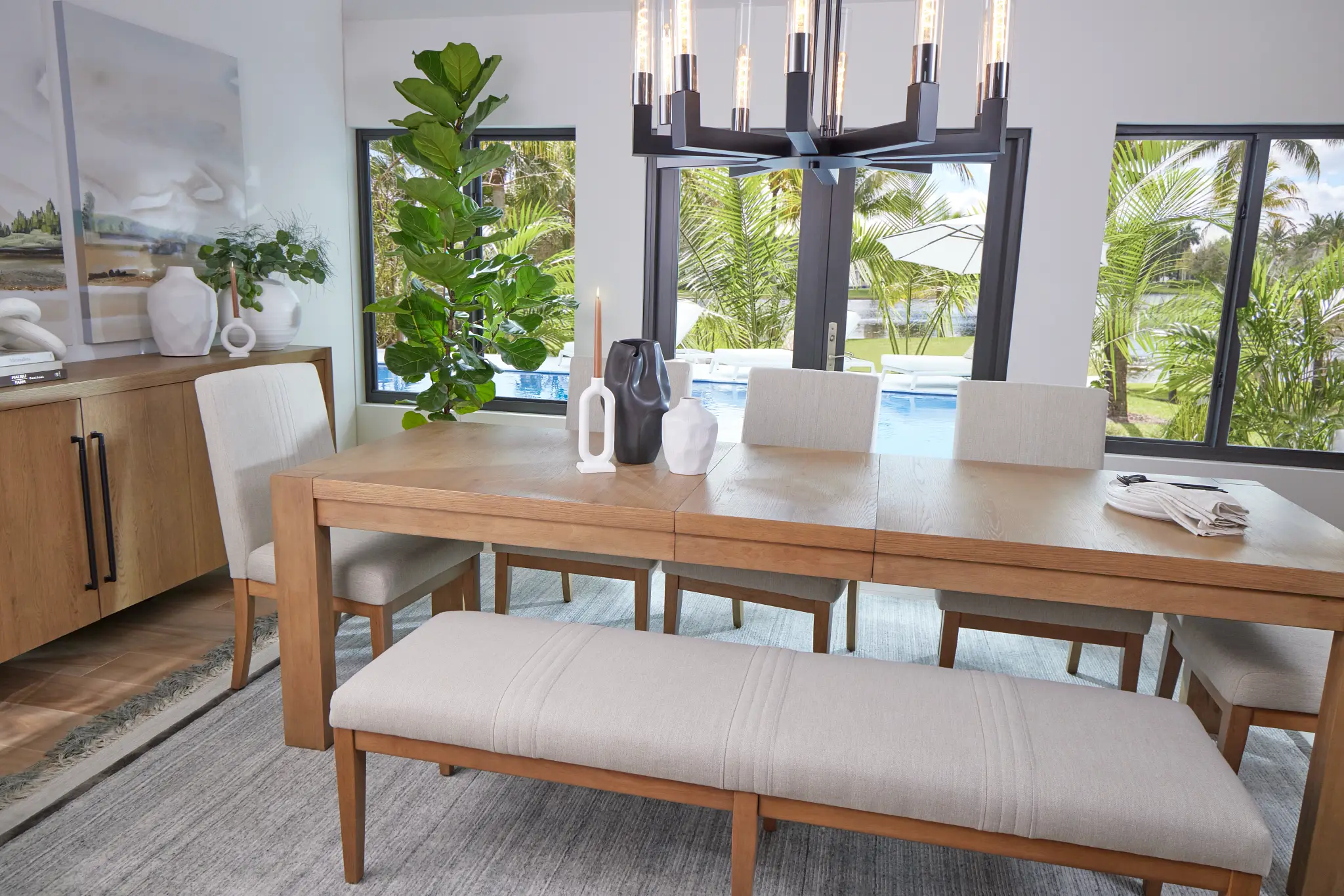
Personal Touches to Your Dining Room Table
Finally, adding personal touches can help blend different styles seamlessly. Use decorative elements such as centerpieces, lighting, and artwork to bridge the gap between the dining table and chairs. These elements can help to soften the mix, ensuring the space feels intentional and curated rather than mismatched.
Crafting a Stylish and Cohesive Dining Experience
Mixing dining table and seating styles is a creative endeavor that allows you to express your personal taste and design sensibility. By starting with a clear focal point, utilizing contrast wisely, and keeping scale, color, texture, and functionality in mind, you can create a dining space that is both stylish and inviting. Remember, the goal is to reflect your unique style while creating a cohesive and enjoyable dining experience for you and your guests. With these tips, you're well on your way to designing a dining area that beautifully blends a variety of styles.
CITY Interiors
